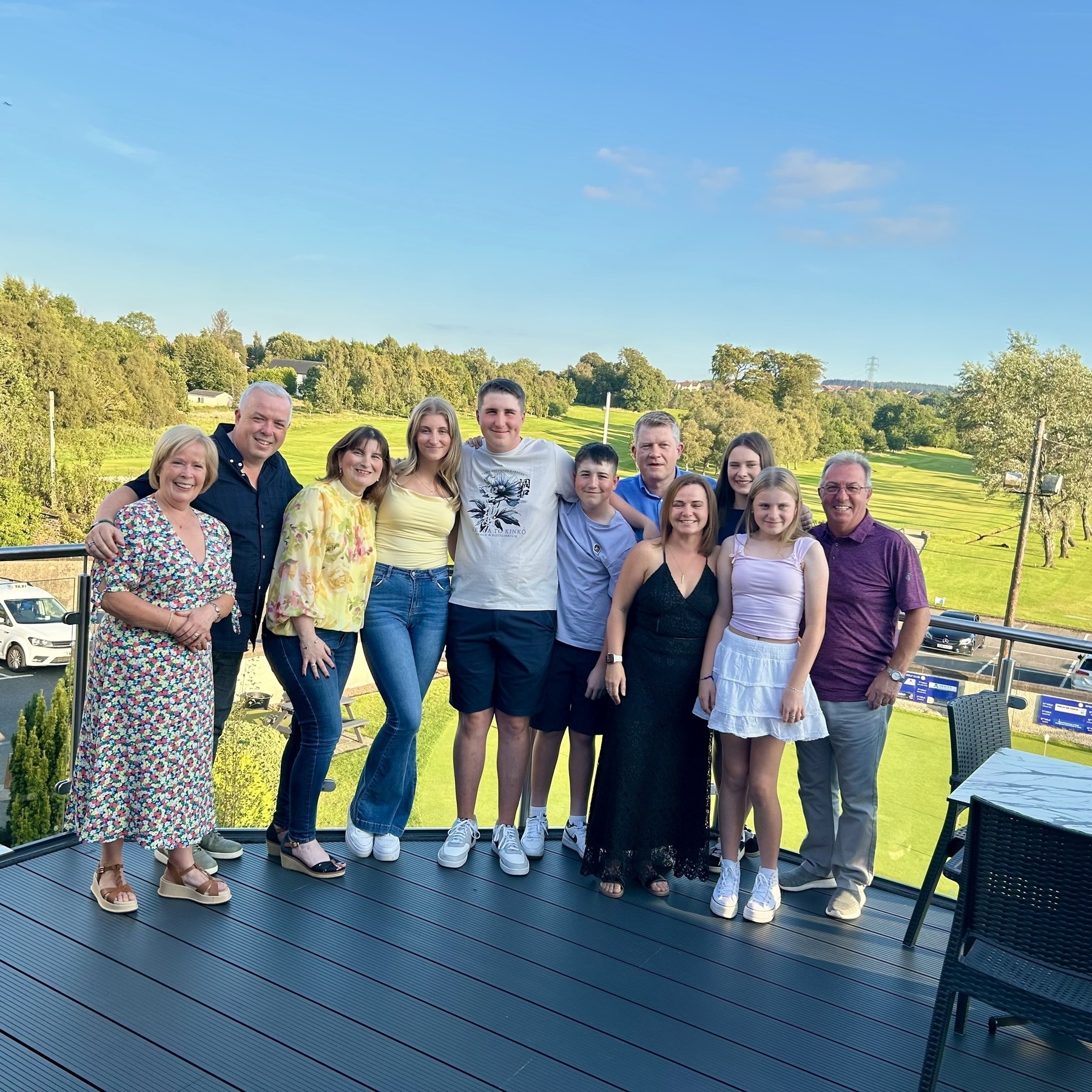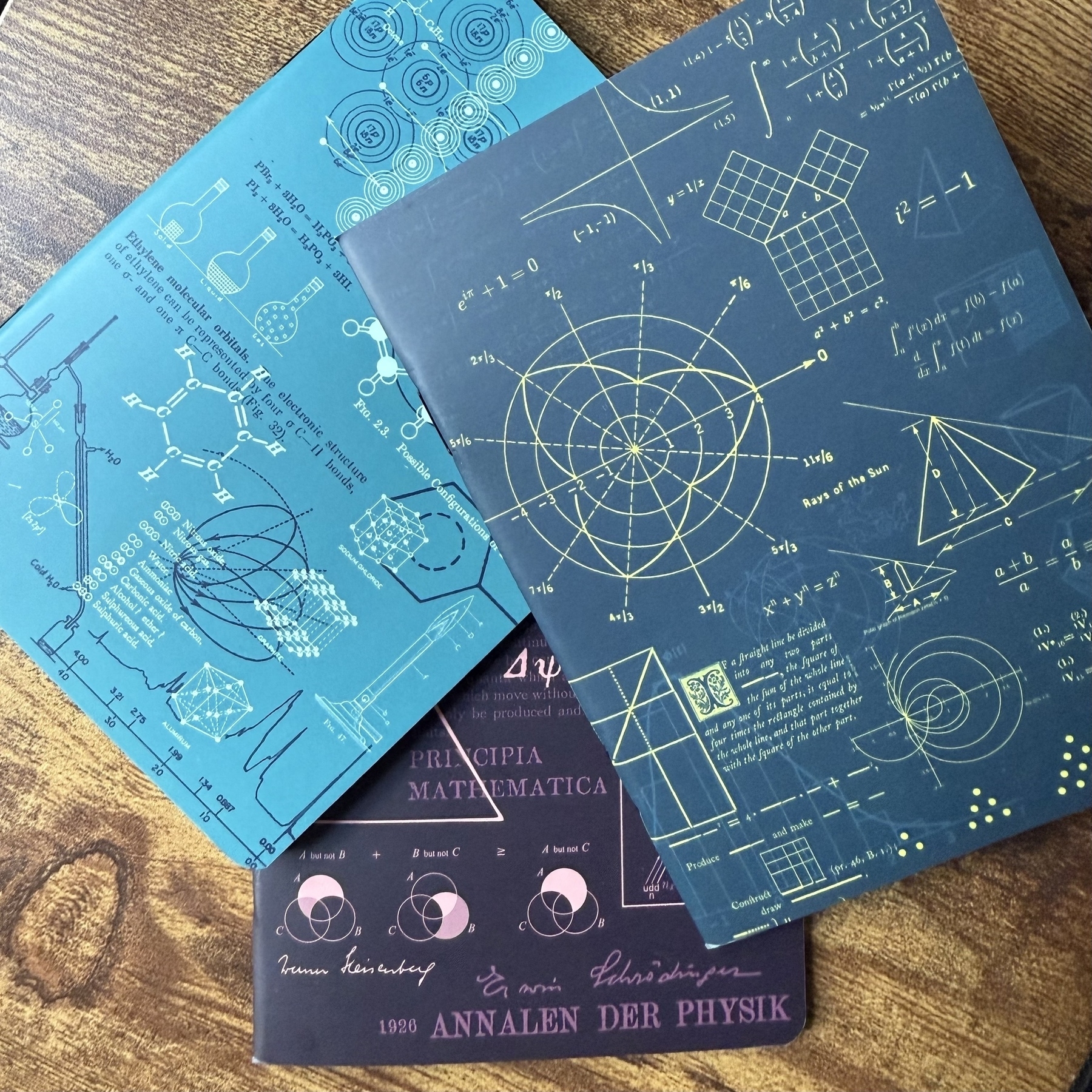I’ve been a bit of a die-hard Anker fan for the last few years. I’ve spent my fair share on chargers from them over the previous few years, and I can’t fault them one bit. The earliest ones we bought are still working and are used to power the LEDs for a few of our Lego Star Wars dioramas.
The same goes for their headphones. I got a pair of Anker Soundcore Life 2 headphones for my 40th birthday. It was only this summer that I finally had to retire them. I replaced the ear pads for them only once during the entire time I owned them. I couldn’t fault them. The long battery life, quick charging, and noise-cancelling feature were beneficial for my daily influx of calls and meetings at work.
With my headphones on the blip during the summer, I started borrowing my youngest’s headphones, Anker Q20i headphones, but I knew the day would come when I would need to get a set for myself.
Last week I purchased a pair of Sony WH-CH520 headphones. All the usual stuff. Bluetooth, multi-device function and over-the-ear style. I can’t wear an in-ear set like AirPods all day. It’s too uncomfortable.
Sound quality is good, and they’re easy to connect to different devices. The multi-device function was a bit finicky and required installing the app, but once set up, it was easy to switch between devices. I have noticed the audio stutters upon initial connection and for a few minutes after it.
I have reservations about the physical side of the headphones. They are very light and don’t feel as solid as my Soundcore headphones or even the Q20i headphones. Also, the ear pads are a lot smaller than Anker’s ear pads, which means they sit on my ears as opposed to over my ears like the Anker ones do. After a couple of hours of use, they are very uncomfortable to wear.
I’ve got mixed impressions about the headphones, so I have decided to return them. The stuttering audio is the main issue with the uncomfortable feeling when wearing them being the other. Yes, the Sony headphones were at the cheaper side of the scale and I do believe you get what you pay for, but the Anker headphones are on a similar price and I do find them more comfortable and the audio has always been faultless.
Just need to wait for the refund and then re-order the Anker ones, so for the moment, I’ll still be borrowing my youngest’s headphones.












